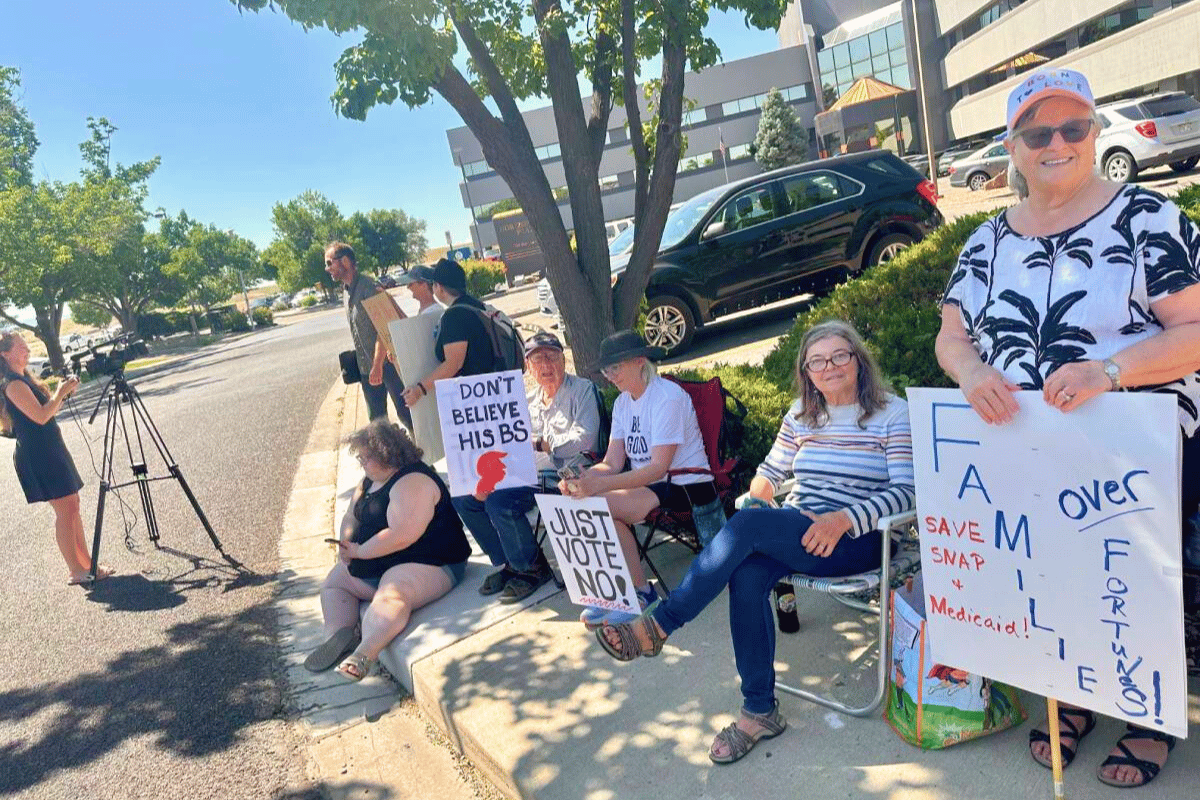
Most folks in the Pikes Peak region are satisfied with outdoor recreation, with 93 percent of residents reporting such, but adult obesity is up from 21 percent in 2015 to 28.5 percent in 2021. Those are some of the findings of the latest Quality of Life Report from Pikes Peak United Way.
The report provides a comprehensive look at trends shaping life within the Pikes Peak region, including crime, economy, and social well-being. It helps inform community leaders when they are making decisions surrounding policy, resource allocation, and long-term planning.
“The Quality of Life Indicators provide a clear framework for identifying needs and tracking progress over time," said Margaret Dolan, CEO of the Pikes Peak Community Foundation, in a statement. " Tools like QLI help guide meaningful grantmaking and ensure that philanthropic investments go where they can do the most good.”
The Peak Progress report assesses the Colorado Springs Metropolitan Statistical Area (MSA), which includes the City of Colorado Springs, El Paso County, and Teller County, also referred to as the Pikes Peak region.
The report compares data from the Pikes Peak region to that of five other similar MSAs: peer cities, like Boise and Albuquerque, which are similar in size and economy, Colorado cities, like Fort Collins and Boulder, to see how the region compares to others in our state, and cities perceived as aspirational, or most desirable to live in the eyes of residents, Austin, Texas.
Safety:
In 2023, across the six peer communities, the Pikes Peak region had the second highest rate of both property and violent crime. However, the report highlights how violent crime has been mostly stable since rising sharply in 2015 and 2018. The report also extrapolates the personal costs of the rate of crime in the region to $1,371 per person.
Health and Recreation:
Adult obesity in El Paso and Teller Counties rose from 21 percent in 2015 to 28.5 percent in 2021, which the report notes as “an area for concern.”
However, recreational opportunities and outdoor life are the highest-rated indicators of the Quality of Life report. 93 percent of residents reported satisfaction with recreational opportunities and 83 percent were pleased with local parks and green spaces.
The report also looks at the rate of premature deaths, that is, the years of potential life lost before age 75. The fewer premature deaths, the healthier the community. The report found that the Pikes Peak Region has a significantly higher rate of premature death than the state overall, and ranks 5th out of 6 peer communities, just behind Albuquerque.
Economy:
From 2014 to 2023, job growth in the Pikes Peak region outpaced that of Fort Collins and Boulder. Employment in natural resources and mining rose 41 percent, jobs in education and healthcare also increased 41 percent, and construction saw a 34 percent increase. The report also said Colorado Springs had a poverty rate of 8.2 percent in 2022.
You can read the whole report at the Pikes Peak United Way's website.









